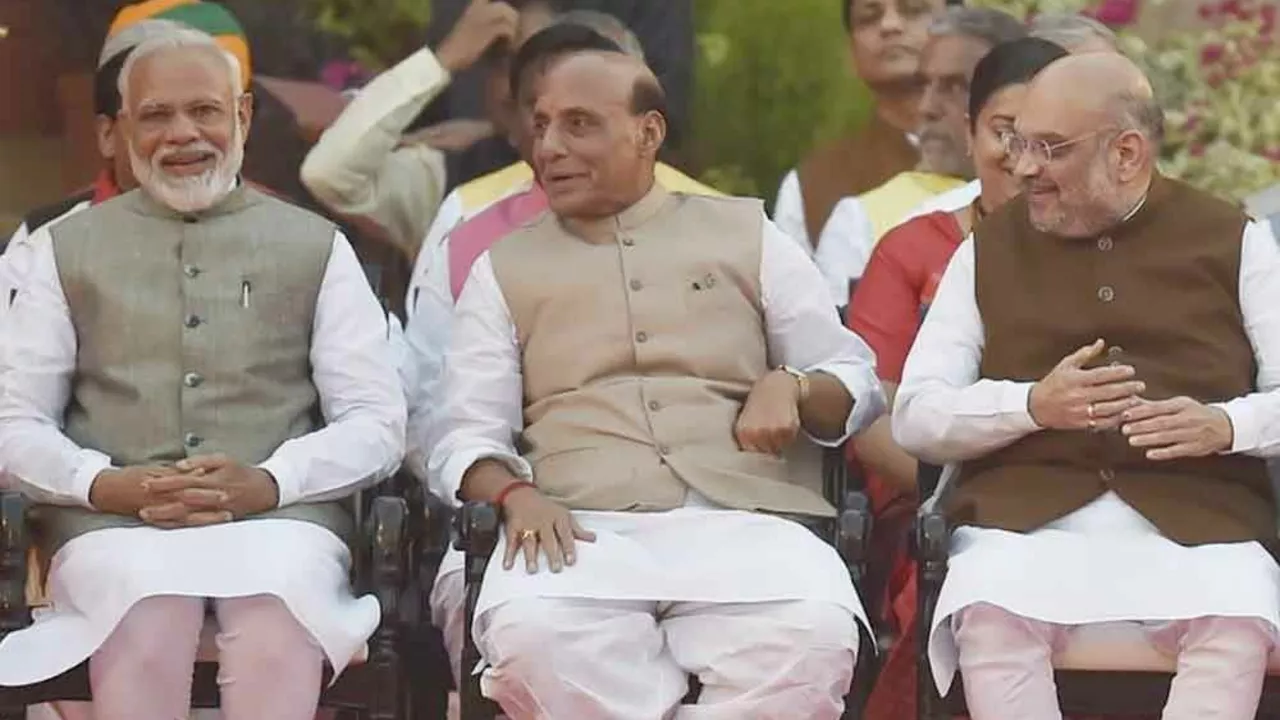PM Modi: Why He Avoids Reporters and What It Means
If you’ve ever wondered why Prime Minister Narendra Modi rarely chat with journalists, you’re not alone. The answer isn’t just a personal quirk; it’s a calculated move that fits his whole approach to leadership. In this tag page we’ll break down the why, the how, and the what‑so‑for‑the‑public.
Modi’s Media Strategy
First off, Modi wants to keep the spotlight on his policies, not on back‑and‑forth questions. By limiting press conferences, he reduces the chance of getting tangled in controversial topics that could distract from his agenda. This also lets him control the narrative: his government releases carefully crafted statements, social media posts, and video messages that reach millions without dilution.
Second, the prime minister sees the news cycle as a noisy background. In a country as big as India, each story can spin in many directions, and a single misstep can explode online. By staying away from reporters, he sidesteps real‑time grilling that might derail a carefully timed announcement.
Finally, Modi’s team knows that digital platforms now beat traditional press for reach. Twitter, YouTube, and government portals let him speak directly to citizens. Those channels are faster, more visual, and easier to shape than a printed interview.
Impact on Public Perception
So what does this strategy do for his image? For many supporters, the lack of media chatter feels like confidence. They think, “If he’s focused on the country, why waste time with questions?” That perception boosts his reputation as a decisive leader.
Critics, however, argue the opposite: no interviews mean less accountability. When the prime minister doesn’t face journalists, there’s fewer chances for tough questions that could reveal gaps in policy or execution. This creates a divide in how different audiences view his transparency.
In practice, the result is a mixed bag. The government’s messages travel fast and often dominate the headlines, but independent analysis sometimes struggles to keep up. That’s why it’s useful to follow a range of sources—official releases, expert commentary, and on‑the‑ground reporting—to get a fuller picture.
Bottom line: Modi’s avoidance of reporters isn’t about being shy; it’s a strategic choice that aligns with his digital‑first communication style. Whether you see it as smart or evasive depends on your angle, but it undeniably shapes how India hears about his work.
In a recent address, PM Modi has suggested that the people of Kashmir are eager to join the mainstream. He believes that the region's youth want to contribute to India's growth and be part of the nation's progress. This is a significant statement, given the history of strife in the region. It implies a shift towards a more inclusive approach to the long-standing issue. If this indeed is the sentiment among the residents, it could be a turning point towards lasting peace and development in the region.
